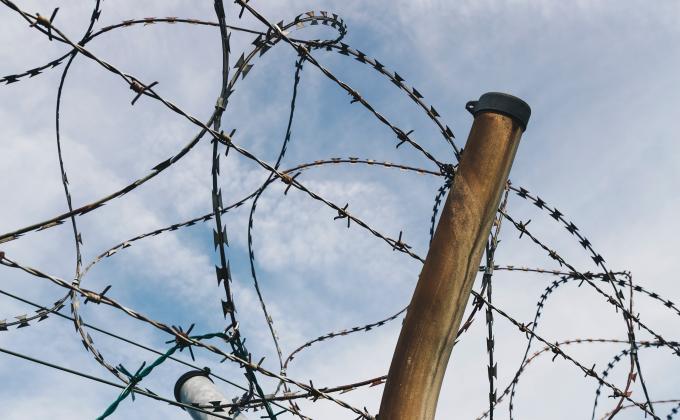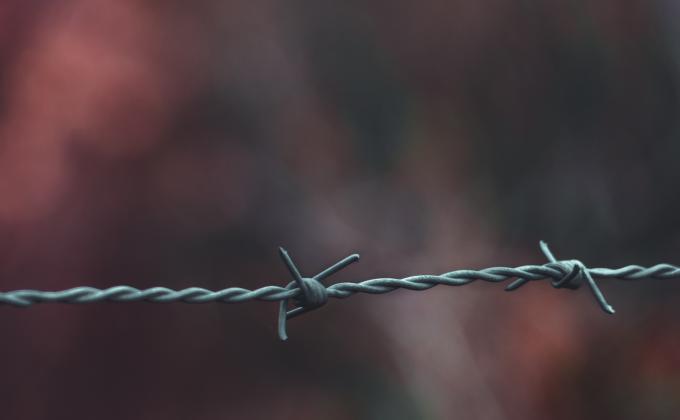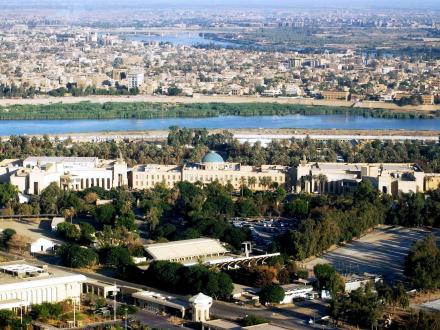The glossy propaganda of the so-called “Islamic State” (IS) has penetrated every corner of the globe and it is especially images and videos of children as young as 8 committing executions that have shocked the world. IS focus on children has become even more evident as the group is desperately trying to maintain its territory, social media dominance and recruits in the face of military and policy successes against the group. But even before these more recent advances against the group, it has been common practice for IS to ask whole families to travel from near and far to live under its brutal regime – a call heeded by many. Recent research has shown that foreign fighters travelling from the European Union to Syria and Iraq are becoming increasingly younger; a trend confirmed by recent arrests of an adolescent girl in France and an attack connected to IS by a 17-year old refugee in Germany. Other studies have shown the great lengths that IS will go to in order to indoctrinate the youngest ones within its territory: from its deliberate school curricula to the “cubs of the caliphate”, military training schools in which children learn to become active members of the group by taking on tasks ranging from spying to becoming fighters in combat. And such practices are not confined to IS: Boko Haram has increasingly used children, and especially girls, as suicide bombers – in fact, over the past years, children have made up around 20% of the group’s suicide bombers. Other terrorist groups from Sri Lanka to Colombia have commonly made use of children in their ranks.
As governments devise ways to address the issue of foreign fighters and terrorism at home and abroad, the phenomenon of juvenile violent extremist offenders (VEOs) is becoming increasingly important and the question of what to do with young adolescents once they are apprehended more and more pertinent. To answer that question, we first need to know how juvenile VEOs are different from adult VEOs and from juvenile ‘regular’ criminals.
Why Are They Different?
Juvenile VEOs, defined by the UN as those between the age of 18 and 29 are different from adult terrorists. Research shows that since youths are still undergoing cognitive development, they generally tend to act more impulsively and lack a maturity of judgement and moral compass. In line with this, they often fail to fully grasp the consequences of their actions. Applying these insights to violent extremism, this means that their level of ideological commitment is likely to be less developed compared to their adult counterparts. Additionally, their recruitment into terrorist groups is frequently forced (for example, when a whole family joins a terrorist group or parents sell their children to terrorist groups for financial compensation) or at least influenced by other factors that children are more susceptible to, such as adventurism, fear or peer pressure.
At the same time, juvenile VEOs also form a separate category from ‘ordinary’ young delinquents: engaging in violent extremism entails an ideological aspect that does not play a role in regular criminal activities and which leads to the fear that they might radicalise others. Also, juvenile VEOs are likely to have been exposed to violence, especially when living in or having travelled to a conflict zone.
How to Treat Juvenile VEOs?
The factors that make juvenile VEOs different from both adult terrorists and young, non-extremist delinquents, bring about certain challenges but also opportunities for their treatment and rehabilitation. Research currently conducted by ICCT in cooperation with the Global Center on Cooperative Security is mapping this phenomenon and has found that governments have attempted to deal with the issue of juvenile VEOs in three different ways: (1) treating them as adult terrorist offenders, (2) treating them as regular juvenile criminals, or (3) providing them with specialised treatments.
A small number of countries treat juveniles as adults when it comes to terrorism-related offences: even if dedicated juvenile legislation is applicable, a certain exceptionalism is prevalent when it comes to terrorism. In several states, juveniles are prosecuted under (adult) terrorism legislation and can receive severe punishments including the death penalty; in other instances, juveniles are incarcerated in adult prisons despite the existence of dedicated juvenile facilities. In explicit response to perpetrators becoming younger and younger, several states are also in the process of lowering the age of criminal responsibility, allowing courts to prosecute children as young as 15.
Other states have taken a different approach and treated juveniles similarly to other young offenders, prosecuting them in youth courts, applying specialised legislation including diversion activities and handing down more lenient punishments or sentences tailored to juveniles, such as dedicated youth facilities.
Both approaches, treating juvenile VEOs as regular terrorist offenders or as regular juvenile criminals, carry their own risks. On the one hand, housing JVEOs together with other juvenile offenders means there is no specialised staff available to deal with the ideological aspect of radicalised youths. In addition, it carries the risk that extremist juveniles attempt to recruit and radicalise their peers. Finally, politically speaking the punishment of being sentenced to a juvenile institute or receiving rehabilitation treatment for committing terrorist offences might be perceived as being ‘soft on terrorism’. On the other hand, from a human rights perspective, housing juvenile VEOs among adult violent extremist offenders has negative implications as it is generally believed that juveniles require specialised treatment and are particularly amenable to rehabilitative treatment. Also, according to a UN report on the mental health of youth, incarcerated juveniles are ‘regularly subject of violence, intimidation, exploitation and inhumane conditions’. And housing juvenile VEOs together with adult VEOs exposes potentially vulnerable juvenile VEOs to negative influence from their environment.
The third option, providing specialised treatment for juvenile VEOs, potentially circumvents the negative implications of the other two policy alternatives. However, as most countries have very few juvenile VEOs to deal with, setting up designated programmes or even facilities for this group is both resource intensive and requires expertise that might not yet be available. The first question that needs to be answered by individual governments is what is the number of juvenile cases that warrants a separate approach, and second: how to best combine the insights from other juvenile offender categories (child soldiers, drug addicts) with the existing knowledge on radicalisation and violent extremism.
Conclusion
As states increasingly confront younger people caught up in violent extremist activity, it is up to them to devise corresponding measures. It is not necessary to reinvent the wheel, especially where numbers of terrorism convicts in general, and juveniles in particular are low. But rehabilitation is considered to work best when tailored to individual needs and policymakers need to take into account the very distinctive needs of juvenile offenders as a separate class of offenders while respecting all relevant international law and human rights standards in the fight against terrorism.









